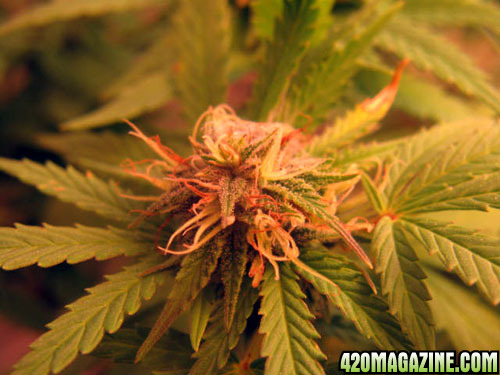Conradino23
Well-Known Member
I'd need to do more research on the effect of chems on myco, but that doesn't change one thing, myco don't feed on molasses, but on sugars released by the roots  There are different kind of sugars, like glucose and sacharose for instance, and they will feed different species of bacteria. Also, presence of fertilizer high in P will inhibit growth of myco. That's not an easy subject to understand as it's very complex and environment-dependent!
There are different kind of sugars, like glucose and sacharose for instance, and they will feed different species of bacteria. Also, presence of fertilizer high in P will inhibit growth of myco. That's not an easy subject to understand as it's very complex and environment-dependent!
 There are different kind of sugars, like glucose and sacharose for instance, and they will feed different species of bacteria. Also, presence of fertilizer high in P will inhibit growth of myco. That's not an easy subject to understand as it's very complex and environment-dependent!
There are different kind of sugars, like glucose and sacharose for instance, and they will feed different species of bacteria. Also, presence of fertilizer high in P will inhibit growth of myco. That's not an easy subject to understand as it's very complex and environment-dependent!


 I guess we can all agree that organics are friendlier to the microbes and fungi populations of soil But only marginally according to the results tables from the paddy field study.
I guess we can all agree that organics are friendlier to the microbes and fungi populations of soil But only marginally according to the results tables from the paddy field study. 


